
Pickleball Techniques and Strategies: from Beginner to Champion
From Beginner to Pro: Ace your Play with our Pickleball Techniques & Strategies to Dominate the Court in your Next Game.
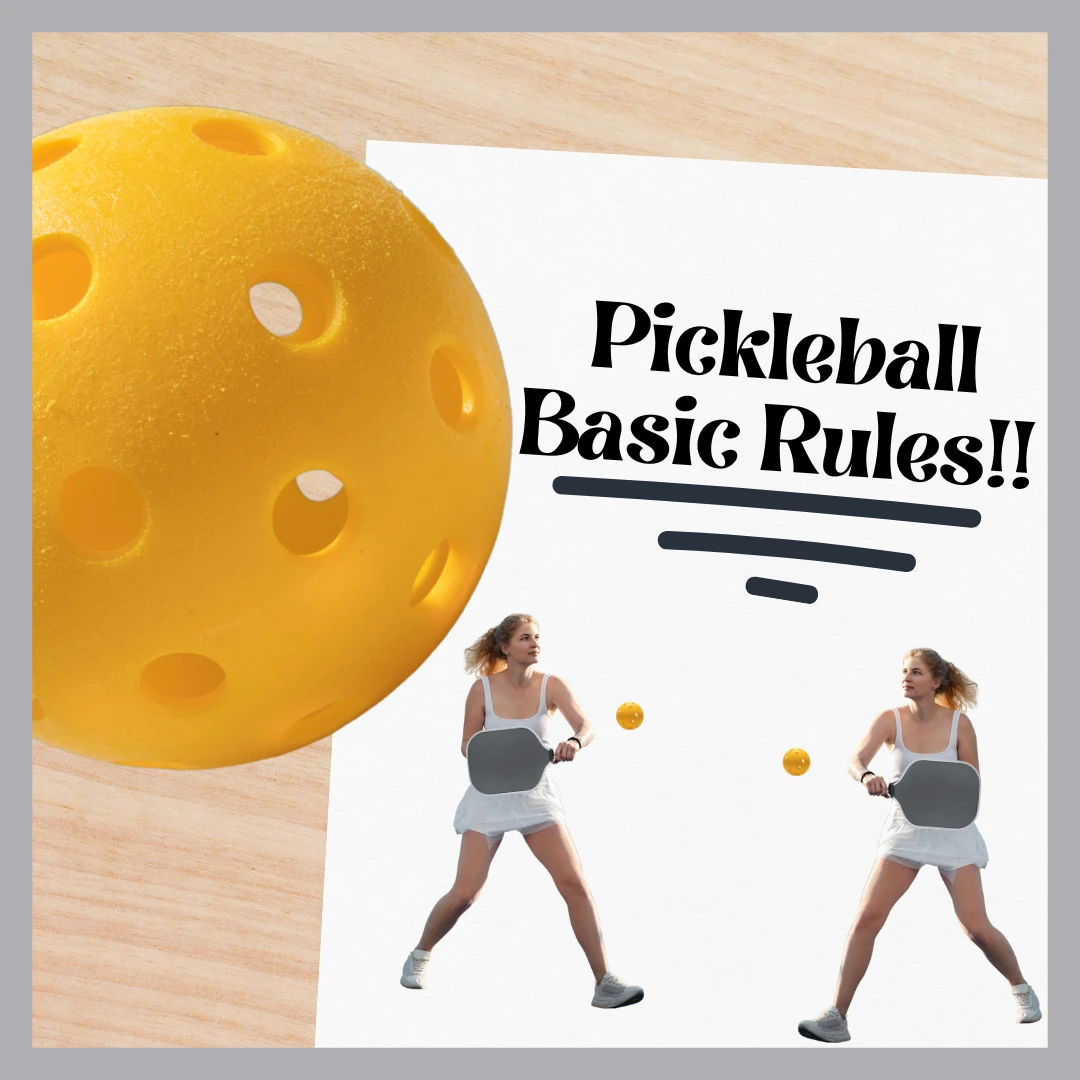
Calling all Pickleball enthusiasts! Do you know all the ins and outs of this addictive sport? Are you familiar with the Pickleball rules?
Fear not, fellow Pickleball pals! We’ve got your back! Whether you’re an experienced pro or just dipping your paddle into the world of Pickleball, get ready to volley some knowledge, smash through misconceptions, and lob your way to greatness! Let’s pickle our brains together and serve up a smashing good time!
General Pickleball Rules:
In Pickleball, players have the option to play either doubles (with two players per team) or singles (with one player); however, doubles remain the most common format. Both singles and doubles use the same size playing area and follow the same rules. A coin toss determines the first server.
The “Kitchen,” also known as the Non-Volley Zone, is a seven-foot court area on both sides of the net. Players are not allowed to volley the ball within this zone to prevent players from smashing the ball. Committing a fault occurs if a player steps on the Non-Volley Zone while volleying the ball or if their momentum causes them or anything they wear to touch the zone, including the associated lines.
Eventually, even if the volleyed ball is declared dead, touching the non-volley zone after volleying is still considered a fault. It is important to note that players can be in the non-volley zone at any time other than volleying the ball.
In Pickleball, the drop serve involves dropping and serving the ball after the bounce. This method is in contrast with the traditional volley serve in Pickleball. The server can release the ball from any natural height and rely solely on gravity to produce the bounce. Players are not allowed to manipulate or spin the ball to increase the bounce height; they must release the ball and let gravity dictate its trajectory. Likewise, the ball may bounce multiple times before the player strikes it.
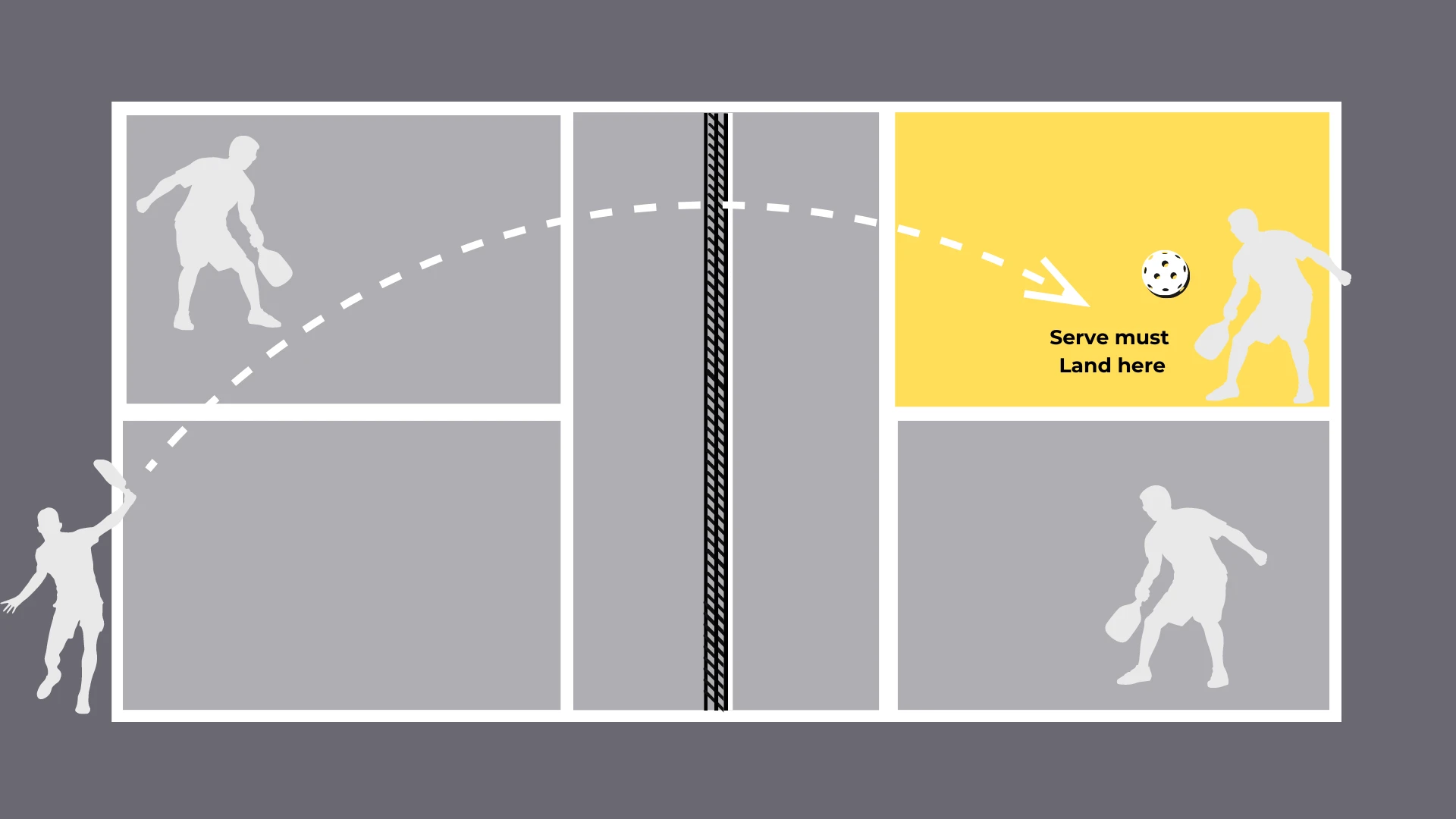 At the start of each new game, the serving team gives one partner the opportunity to serve before committing a fault. If a fault happens, the receiving team takes over the serve.
At the start of each new game, the serving team gives one partner the opportunity to serve before committing a fault. If a fault happens, the receiving team takes over the serve.
Each point starts with a crucial serve in Pickleball. The server must stand behind the baseline and deliver the serve diagonally to the opponent’s service area. Unlike tennis, Pickleball permits only one serve attempt.
When serving, a player must swing their arm upward while striking the ball, which means no paddle contact with the ball above the waist level is allowed. Likewise, the paddle’s head must not be above the highest part of the wrist during the strike. However, if the server chooses to perform a “drop serve,” these rules are not applicable.
During the ball strike, the server’s foot must not touch the imaginary sideline or centerline. Similarly, player must ensure at least one foot is placed behind the baseline on the playing surface. They must execute the serve diagonally crosscourt and must land within the boundaries of the opposite diagonal court. It is important to note that each server is allowed only one attempt to serve.
Either the serving or receiving team can score points using a rally scoring system. Players can only score when they’re on the serving team, and games are usually played to 11 points. A player or team is only declared a winner if they win by a two-point lead. In tournament game, however, the target score may be increased to 15 or 21 points. In this situation, the win-by-2 rule still applies.
Finally, the serving team’s score determines the court positioning for their first server. If the serving team’s score is even (0, 2, 4, 6, 8, 10), the first server serves or receives in the right/even court. Conversely, if the serving team’s score is odd (1, 3, 5, 7, 9), the first server serves or receives in the left/odd court.
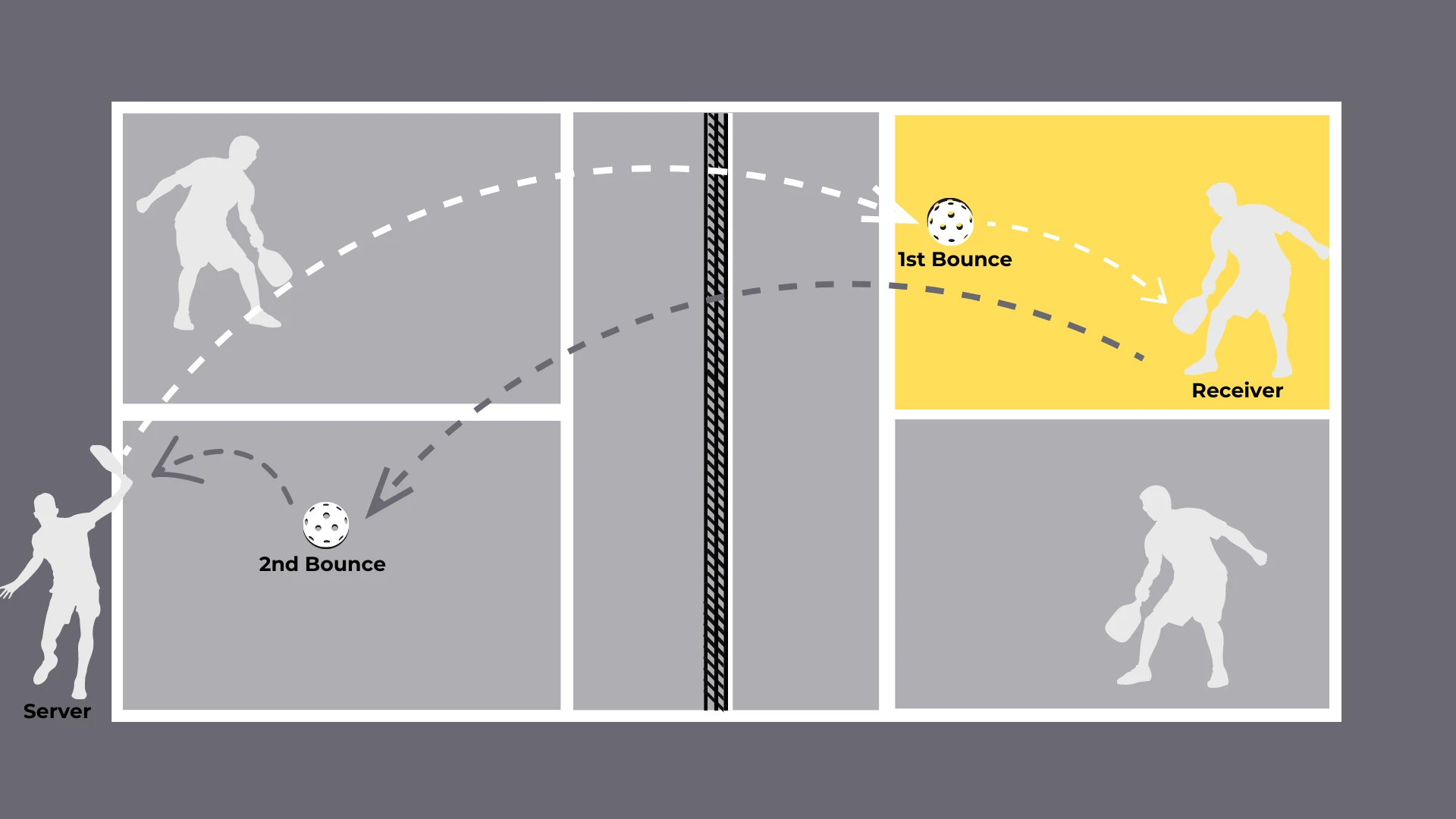 The Double Bounce Rule is one of the fundamental concepts that control how the game is played. It is one of the most important rules that influence the flow and strategy of the game, particularly at the start of each point.
The Double Bounce Rule is one of the fundamental concepts that control how the game is played. It is one of the most important rules that influence the flow and strategy of the game, particularly at the start of each point.
The serving team must serve the ball, and the receiving team must let it bounce before returning it. After the initial bounce, both teams can choose to volley (hit the ball in the air) or play it off the bounce. Hence, the rule requires each team to let the ball bounce twice on each side of the court before volleying. The double-bounce rule maintains game balance and enables players of all skill levels to enjoy fair gameplay.
It’s important to note that the Double Bounce Rule has some exceptions:
It is considered a fault whenever a rule is violated, and play is halted. Common faults in pickleball include not clearing the non-volley zone during a serve (the area near the net) and hitting the ball out of bounds. The serving team gains a point if the receiving team commits a fault. On the other hand, if the serving team commits a fault, the server loses its serve or side out. Doubles play allows both players on the serving team to serve before switching.
The players consider a ball “IN” whenever it makes contact with any part of any line except the non-volley zone line on a serve. A shot is deemed short and results in a fault if the serve touches the non-volley zone line.
 In conclusion, mastering the basic rules of Pickleball paves the way for you to enjoy this exciting sport. As you continue to play and improve, you’ll discover that Pickleball offers not only opportunities to showcase your skills but also fosters camaraderie and fun among players. Remember that these rules serve as general guidelines; additional and specific rules or slight variations may apply particularly for tournament or league play. Always refer to the official rulebook for any sanctioned events or competitions.
In conclusion, mastering the basic rules of Pickleball paves the way for you to enjoy this exciting sport. As you continue to play and improve, you’ll discover that Pickleball offers not only opportunities to showcase your skills but also fosters camaraderie and fun among players. Remember that these rules serve as general guidelines; additional and specific rules or slight variations may apply particularly for tournament or league play. Always refer to the official rulebook for any sanctioned events or competitions.
Don’t forget to embrace your Pickleball passion regardless of your experience level with well-fitted attire and supportive footwear. Regularly maintain your equipment to extend its lifespan, unlock your full potential on the court, and savor the game.
Feel free to share this post with your fellow Pickleball enthusiasts to spread the love of the game. We’ll also provide regular updates to keep you in the loop with the latest trends and techniques. So, stay tuned for more Pickleball goodness! Follow my Facebook Page Team Pickleball Anytime.

From Beginner to Pro: Ace your Play with our Pickleball Techniques & Strategies to Dominate the Court in your Next Game.
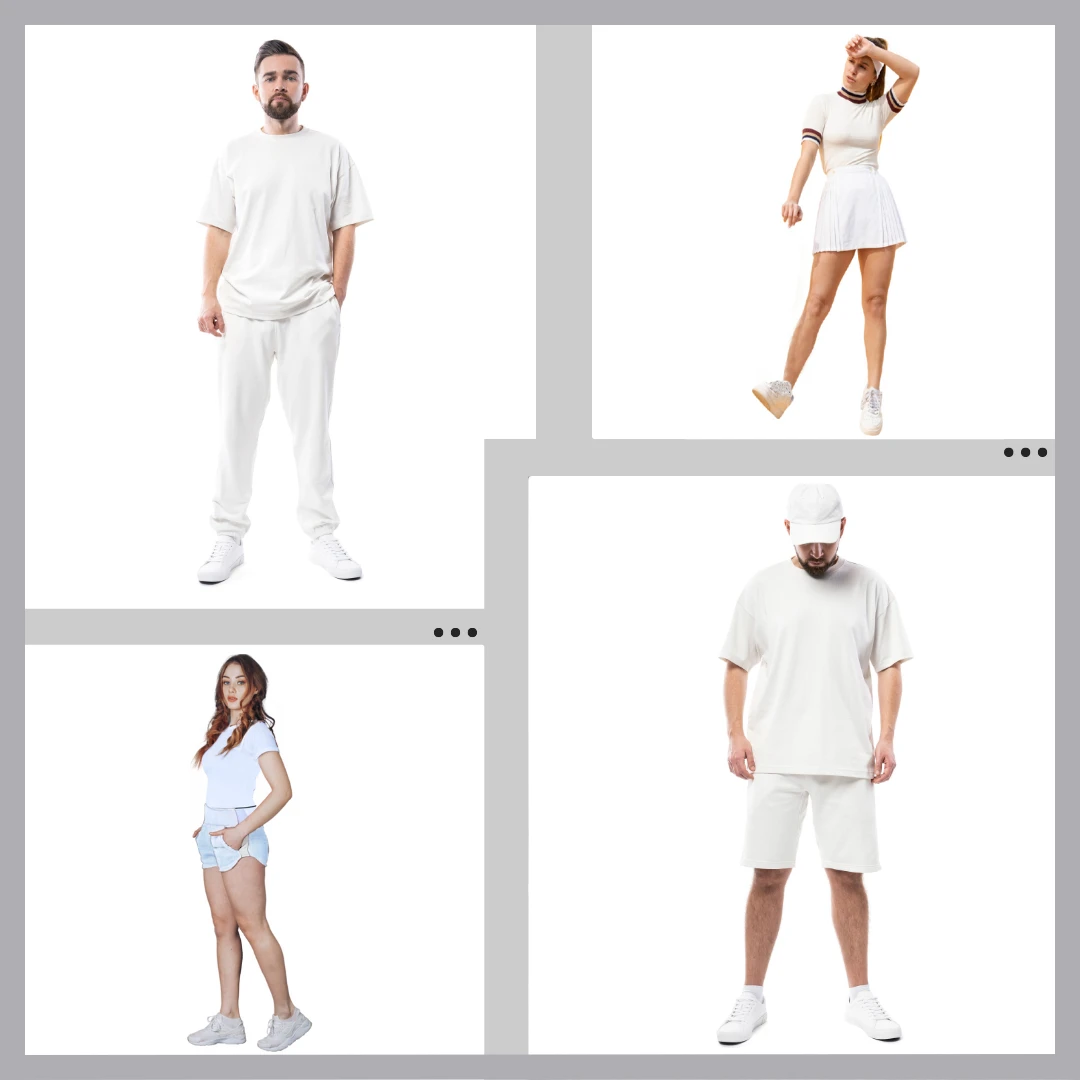
Step into the spotlight, make a lasting impression, and become a trendsetter on the Pickleball court with our Pickleball apparel guide.

Thinking about the perfect gift for someone just starting in Pickleball? Discover our Pickleball gift guide tailored for beginners. Look no further.

Ever wondered how your Pickleball style could reach new heights? Learn the secrets of success with the “Pickleball Accessories To Enhance Your Play and Ace Your Style”.
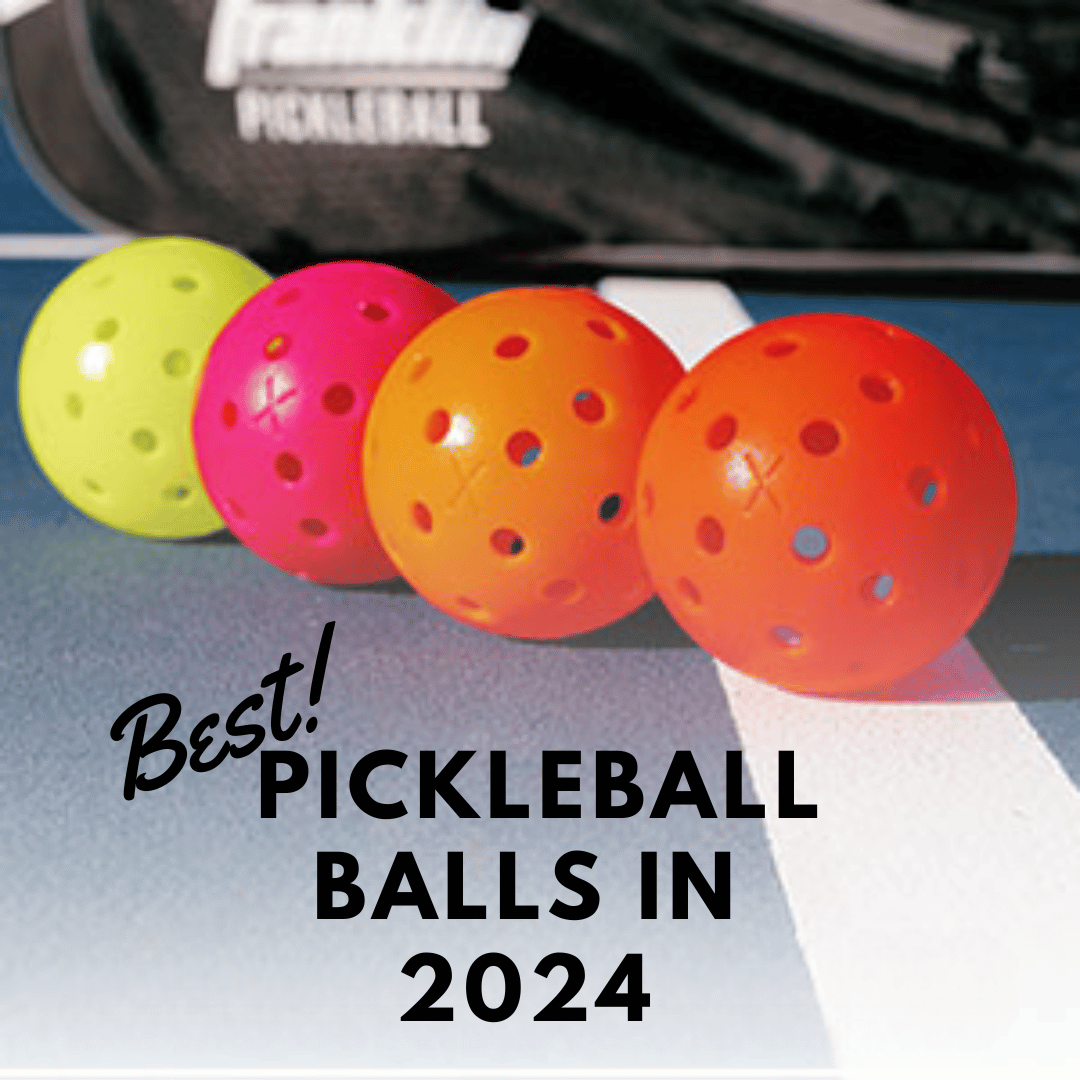
Are you seeking the perfect Pickleball balls for 2024? Let’s find out why they’re the “Best Pickleball balls for 2024”.
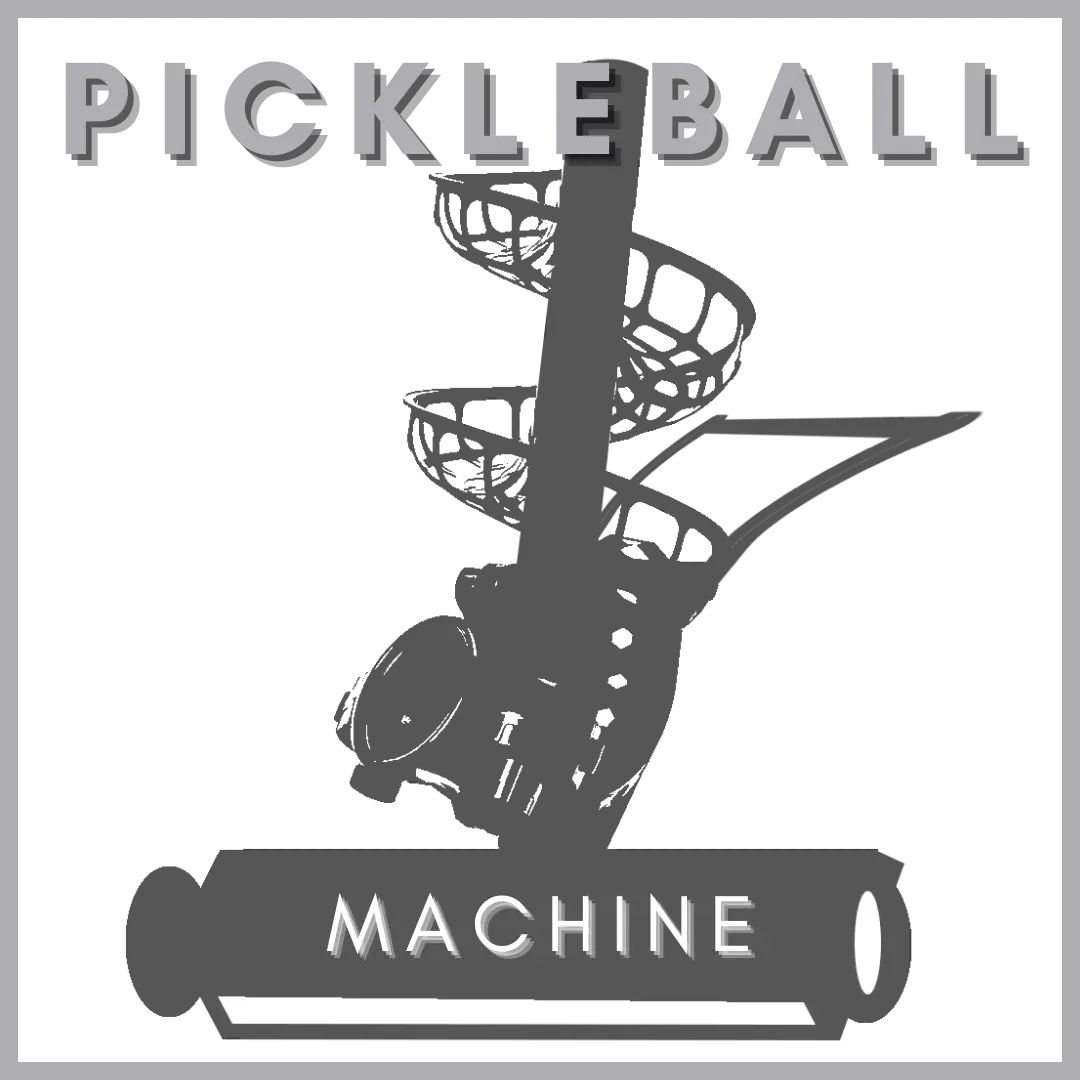
Looking to boost your pickleball skills? How can Pickleball Machines serve as your secret weapon?
Henceforth, If you like us to feature your brand in our upcoming Pickleball blogs, Collaborate with Us. We’d love to have you featured.